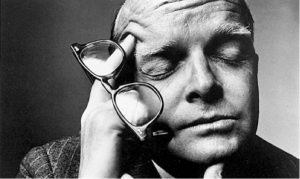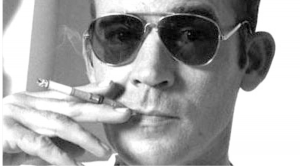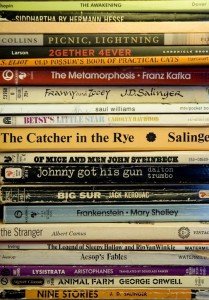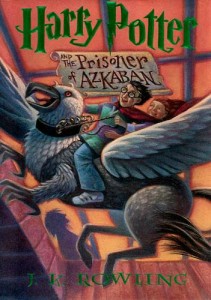Throughout my college experience, I have often found the overlaps between my undergrad focus in history and my passion for literature. 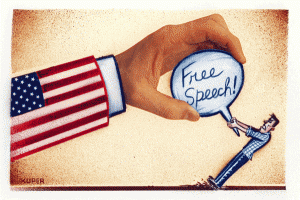 By the first line of a poem or a novel, I begin to dig deeper to try to understand its historical context, picturing the author as a historical actor or actress, inevitably influenced by his or her particular time and place. During my history seminar last semester, my extended research project focused on The New York Times v. Sullivan and the cases impact on the legal history of the Civil Rights Movement. Last week marked the 51st anniversary of the case and I have found myself, once again, combining my interests of literature and history, assessing how the case and its legacy of free speech relates to the publication of literature. While the majority of Americans view literature as a form of entertainment or art, literature has always been an effective and crucial actor in history. The New York Times v. Sullivan reveals the importance of the free press and journalism’s ability to bring about change, yet literature is just as much of a catalyst.
By the first line of a poem or a novel, I begin to dig deeper to try to understand its historical context, picturing the author as a historical actor or actress, inevitably influenced by his or her particular time and place. During my history seminar last semester, my extended research project focused on The New York Times v. Sullivan and the cases impact on the legal history of the Civil Rights Movement. Last week marked the 51st anniversary of the case and I have found myself, once again, combining my interests of literature and history, assessing how the case and its legacy of free speech relates to the publication of literature. While the majority of Americans view literature as a form of entertainment or art, literature has always been an effective and crucial actor in history. The New York Times v. Sullivan reveals the importance of the free press and journalism’s ability to bring about change, yet literature is just as much of a catalyst.
The case began in 1961, when The New York Times published an advertisement that supported Martin Luther King Jr. and the Civil Rights Movement that was rapidly spreading into Alabama. The ad caused uproar amongst Montgomery state officials. L.T. Sullivan, head of the police force, sued the New York Times for libel—claiming that there were intentional, defamatory errors throughout the ad, while in reality there were only one or two of meaningless, accidental errors in the text. Sullivan won $5 million in damages in an Alabama court with his ability to manipulate libel law. He and other southern officials in the Deep South began to use libel law as a legal means of massive resistance. These tactics extended to literature, and Alabama officials even brought an author to court for his children’s book about a black and white rabbit. While free speech under the First Amendment forbade the enactment of censorship laws, they realized that newspapers would stay away from reporting on racial issues in the South if they were threatened with lawsuits and damages large enough to destroy them.
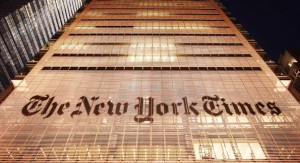 Fortunately, The New York Times appealed to the Supreme Court, which reversed the decision of the Alabama Court. The Court took the necessary measures to protect the rights of publications, understanding the importance of free speech in raising awareness and ensuring democracy, especially during at a time like the Civil Rights Movement.
Fortunately, The New York Times appealed to the Supreme Court, which reversed the decision of the Alabama Court. The Court took the necessary measures to protect the rights of publications, understanding the importance of free speech in raising awareness and ensuring democracy, especially during at a time like the Civil Rights Movement.
While it is easy to see the case within the historical context of the Civil Rights Movement, it is fascinating to take a broader look and revisit the overall importance of writing as a fundamental tool to inspire change in history. The written word in the U.S. has not always been as unrestricted as it is today, and nearly half a century ago, writers who chose to publish controversial works often feared lawsuits. Especially with the birth of the Digital Age, publications are so unrestricted that these concepts seem completely foreign. Yet, the Sullivan case resulted in a landmark decision and its legacy shows us the importance of the free press to democracy.
I have spent much time considering how literature specifically, like journalism, is a tool to inspire change. Through focusing on history over the past four years, I have realized that reading literature is much more than a form of leisure. The ability of writing to raise awareness and inspire real action extends beyond journalism and certainly applies to literature as well. While journalism is undoubtedly an effective and essential tool for communication and certainly raises awareness of current events, literature has the unique ability to reach a deeper level, a depth necessary to truly open our eyes and bring about fundamental change. Novelists and poets, in a way, can more effectively reach and touch a broader audience than the press. Especially in today’s overly polarized political climate, we often question the authenticity of a news article, assuming it is the product of a bias news source, politically aligned to the left or the right. Well-written works of literature, at least for me, immediately seem far more genuine, and I fully let down my guard when beginning a poem or a novel.
I am quick to begin a work of literature for pleasure; whereas I often times hesitate before reading the news, fearing that it will arouse pessimism and distrust. At the same time, literature is emotionally engaging and has the power to pull readers into the heart of an issue. Literature can bring us to tears in an instant—which a news article rarely does—yet we approach literature lightly and easily. Although often based on a completely fictitious plot and characters, when a book is within a certain historical context or surrounded by a certain social or political issue we are able to bring the story to life in our imagination, which at times challenges us to alter our perspectives.
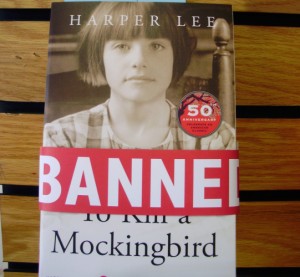 While we focus on the freedom of the press, freedom of all types of writing are critical to democracy. To Kill a Mockingbird, which is now a required read in most southern classrooms, was widely forbidden across the South. At the time, it was clear that the moving and authentic words of the story would inevitably cause even proponents of “separate but equal” to question their beliefs. After reading the novel, individuals across the nation altered their views, including James Carville who exclaimed, “It is because seeing things in writing brings change.” He continued that once he picked up the book, he immediately knew Harper Lee was right and he was wrong.
While we focus on the freedom of the press, freedom of all types of writing are critical to democracy. To Kill a Mockingbird, which is now a required read in most southern classrooms, was widely forbidden across the South. At the time, it was clear that the moving and authentic words of the story would inevitably cause even proponents of “separate but equal” to question their beliefs. After reading the novel, individuals across the nation altered their views, including James Carville who exclaimed, “It is because seeing things in writing brings change.” He continued that once he picked up the book, he immediately knew Harper Lee was right and he was wrong.
Literature often times focuses on simplicity and usually does not have the intent of completely transforming the reader’s outlook on serious issues. Yet, well-written literature always reveals something to us that is worth revealing. Whether it exposes racial injustice through To Kill a Mockingbird, uncovers the loneliness that often comes with wealth through The Great Gatsby, or the value of family in hardships through The Grapes of Wrath, literature targets what is truly human within us. It is relatable and emotionally engaging—and that is what touches us to the point of change and action.
While we often associate freedom of speech with journalism, and believe that democracy relies upon the circulation of news stories centered on serious and factual political or social issues, literature is a tool that is just as, if not more, effective in revealing truths and inspiring change. It lures its audience through entertainment, but goes beyond entertainment and introduces ideas and beliefs in a relatable way, effectively compelling readers to challenge preconceived notions and perspectives.
–Katie Nell Taylor


 resurgence in popularity of
resurgence in popularity of 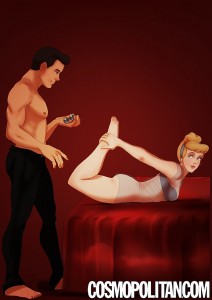
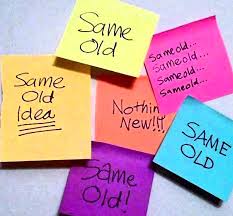
 very writer has his or her own routine. When I sit down to write anything, from a short reporting story to a 20-page research paper, I always sit in the same spot at the head of my dining room table with my pajamas and slippers on. I always have some sort of snack, usually something chocolatey. But, that’s not where my writing routine stops. I also can’t write without a jumbo glass of water with crushed ice. My dog is almost always at my side. So, in pursuit of an intriguing post, I asked myself, what do the most famous of authors do to prepare themselves to write?
very writer has his or her own routine. When I sit down to write anything, from a short reporting story to a 20-page research paper, I always sit in the same spot at the head of my dining room table with my pajamas and slippers on. I always have some sort of snack, usually something chocolatey. But, that’s not where my writing routine stops. I also can’t write without a jumbo glass of water with crushed ice. My dog is almost always at my side. So, in pursuit of an intriguing post, I asked myself, what do the most famous of authors do to prepare themselves to write?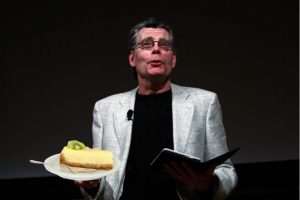 author, depends on cheesecake and beer to get his ideas flowing. King says that his sweet tooth has been passed down to his son, who eats crème brûlée for writing inspiration. King never goes to bars to drink because he says,“[bars are] full of assholes like me.” He drinks so much to write, that he claims to not remember writing his novel Cujo. One of King’s biggest fears is that sobriety will lead to the loss of his creativity.
author, depends on cheesecake and beer to get his ideas flowing. King says that his sweet tooth has been passed down to his son, who eats crème brûlée for writing inspiration. King never goes to bars to drink because he says,“[bars are] full of assholes like me.” He drinks so much to write, that he claims to not remember writing his novel Cujo. One of King’s biggest fears is that sobriety will lead to the loss of his creativity.